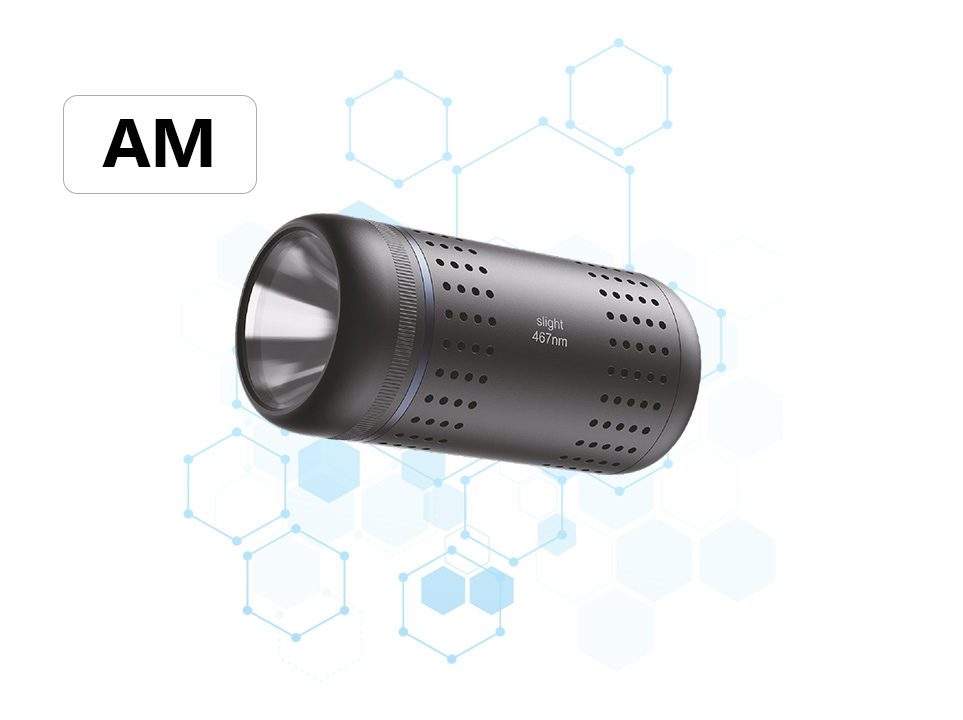The application advantages of photoreaction technology in the field of organic synthesis
In the ever-evolving landscape of chemical research and industrial applications, photoreaction technology has emerged as a revolutionary force, particularly within the realm of organic synthesis. This advanced methodology leverages the power of light to drive chemical reactions, offering a myriad of advantages that are both transformative and groundbreaking. Let's delve into the numerous benefits that photoreaction technology brings to the table, making it an indispensable tool in the toolkit of organic chemists and synthetic scientists.
1. Enhanced Selectivity and Efficiency
Photoreaction technology excels in providing unparalleled selectivity in chemical transformations. By utilizing specific wavelengths of light to target particular moieties or bonds within complex organic molecules, researchers can achieve high levels of precision that are often difficult to attain through traditional thermal methods. This selectivity not only enhances the yield of desired products but also minimizes unwanted side reactions, leading to cleaner and more efficient synthetic pathways.
2. Milder Reaction Conditions
Compared to conventional thermal reactions, photoreactions often operate under milder conditions, such as ambient temperatures and pressures. This gentle approach significantly reduces the risk of decomposition or unwanted side products, thereby preserving the integrity of sensitive functional groups and complex structures. Moreover, mild conditions can lead to reduced energy consumption and a more environmentally friendly synthesis process.
3. Versatile Catalysis
Photocatalysis is a cornerstone of photoreaction technology, enabling the activation of substrates using light in the presence of catalysts. This versatility allows for the design of catalysts tailored to specific reactions, further enhancing reaction rates and yields. Photocatalysts can also be easily recycled and reused, contributing to a more sustainable synthesis process.
4. Access to Novel Reaction Pathways
Photoreaction technology unlocks access to novel reaction pathways that are inaccessible via traditional means. Light-induced reactions can lead to the formation of unusual bonds, intermediates, and products, expanding the scope of possible synthetic strategies. This innovative capacity is particularly valuable in the pursuit of complex molecules, pharmaceuticals, and advanced materials.
5. Scalability and Industrial Applicability
Despite its sophisticated nature, photoreaction technology has demonstrated remarkable scalability for industrial applications. Modern photoreactors and flow systems can handle large volumes of reactants efficiently, maintaining high yields and selectivities even at an industrial scale. This adaptability ensures that the benefits of photoreaction technology can be harnessed for large-scale production, impacting a wide range of industries from pharmaceuticals to materials science.
6. Green Chemistry Principles
Photoreaction technology aligns well with the principles of green chemistry by promoting the use of benign solvents, minimizing waste, and reducing energy consumption. The ability to perform reactions under mild conditions and with high selectivity reduces the need for harsh chemicals and extensive purification steps, making the overall process more environmentally friendly.
Conclusion
In conclusion, photoreaction technology stands at the forefront of innovation in organic synthesis, offering a suite of advantages that redefine the possibilities of chemical transformation. From enhanced selectivity and efficiency to mild reaction conditions and novel reaction pathways, this technology is poised to revolutionize the way we approach synthetic challenges.





